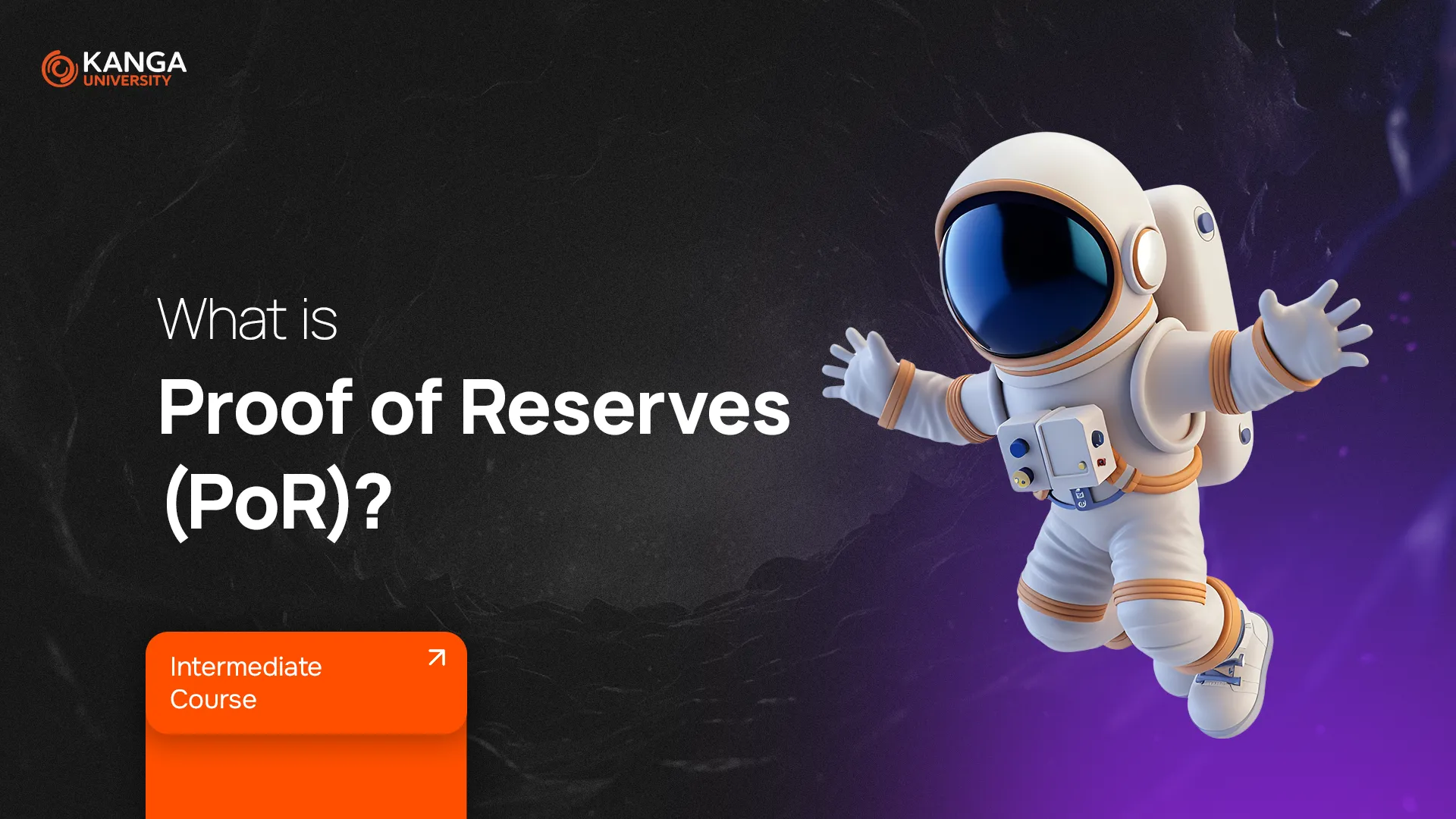
In crypto, trust is everything. Without traditional banks or regulators, how can you be sure that the crypto exchange you’re using actually holds your money?
That’s where Proof of Reserves (PoR) comes in — a transparency tool designed to show users that their funds are safe, real, and fully backed.
What is Proof of Reserves?
Proof of Reserves is an independent audit that confirms whether a crypto exchange actually holds enough assets to match all the customer balances it claims to have.
The idea gained traction after the collapse of FTX in 2022. When FTX went bankrupt, many users lost their funds because the company had secretly used customer deposits for its own investments. This caused a major trust crisis in the crypto world — and led to growing demand for more transparency.
How does PoR work?
Think of PoR as a financial “snapshot” taken by an independent auditor. It compares:
-
the total amount of crypto an exchange says it holds for customers
-
with what it actually holds on-chain (visible on the blockchain)
Here’s how the process works:
-
An external auditor accesses the exchange’s data (not individual users’ private info).
-
They verify that the exchange holds enough crypto assets in wallets it actually controls.
-
They compare these amounts to what the exchange owes to its users.
-
The results are shared publicly, using secure methods like Merkle trees (we’ll explain this below).
What about privacy?
One of the smartest features of PoR is that it preserves privacy. Instead of listing every user’s balance, it uses cryptographic hashes and a structure called a Merkle tree. This allows each user to verify that their account was included in the audit — without revealing any private data.
It’s like confirming your name is on the guest list, without showing the whole list.
Is PoR legally required?
As of now, no — there’s no global law forcing crypto exchanges to publish PoR reports. But many do it voluntarily to gain trust and prove they’re financially healthy.
Which exchanges use PoR?
After FTX collapsed, many major exchanges began adopting PoR or building their own internal systems. Examples include:
-
Kraken – publishes regular audits using Merkle trees
-
Binance – uses Merkle trees, though its 2023 audit faced criticism for lack of transparency
-
OKX, Crypto.com, Bybit – introduced their own PoR tools
-
Coinbase – doesn’t use Merkle trees but shares its reserves through official SEC filings and is working on blockchain-native proofs
Chainlink’s Proof of Reserve Protocol
In 2020, Chainlink Labs launched its own PoR framework. It connects real-time data (via APIs) from exchanges and custodians to smart contracts — making audits fully automated and blockchain-agnostic.
Their system helps both Web2 and Web3 platforms prove that their reserves match their liabilities, at any given time. Chainlink’s protocol also ensures that exchanges cannot mint or issue more tokens than they have in reserve.
How does a Merkle tree work?
A Merkle tree is a data structure used to verify large sets of information securely and privately. Here’s the idea:
-
The auditor takes a snapshot of all user balances.
-
Each user’s balance is turned into a hash (a long, unique string of characters).
-
These hashes are grouped and hashed again, forming “branches.”
-
The process repeats until a single hash remains — called the Merkle root.
-
This root is published and can be used by anyone to verify inclusion without seeing the full list.
This process ensures that your balance is part of the audit, without exposing your identity or your wallet details.
Limitations of PoR
While Proof of Reserves is a powerful tool, it’s not perfect. Some of the limitations include:
-
It only shows assets, not liabilities (like debts or loans the exchange might have).
-
Some audits are not truly independent or thorough.
-
PoR is a point-in-time check, not a full, ongoing financial audit.
That’s why experts like Kraken CEO Jesse Powell argue that for PoR to be meaningful, it must:
-
Include a full summary of customer liabilities
-
Provide users with cryptographic tools to verify inclusion
-
Prove that the exchange controls the wallets where assets are stored
Controversy: Binance and the Mazars Report
After public concerns, Binance hired auditing firm Mazars to verify its reserves. However, the final report was just five pages long, lacked critical details, and did not fully reassure the public.
Shortly after, Mazars stopped working with crypto companies altogether.
This incident highlighted the need for deeper, more transparent auditing standards — and better education around what PoR actually proves (and what it doesn’t).
Key Takeaways
-
Proof of Reserves shows whether a crypto exchange holds enough assets to cover all user funds.
-
It helps build trust and transparency in the crypto space.
-
Tools like Merkle trees allow for privacy-friendly auditing.
-
PoR is not perfect — it doesn’t reveal loans or off-chain activity, and weak audits can give a false sense of security.
-
More exchanges are adopting PoR voluntarily, and regulation may soon follow.